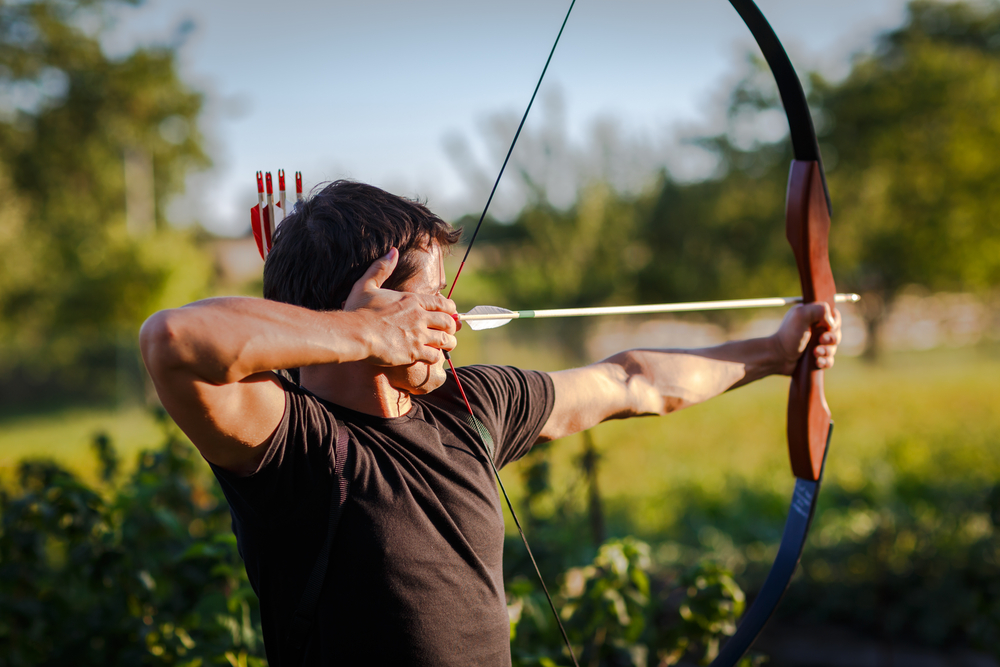White water rafting is undoubtedly one of our most exciting activities, so if you’re thinking of putting your paddle power to the test here are a few things you need to know about this wet and wild water sport.
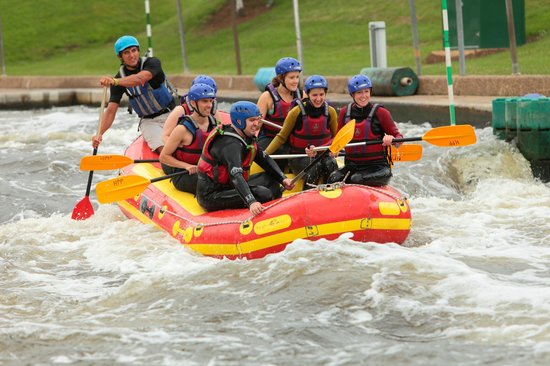
It’s not just done on rivers..
The UK may be home to some of the wildest stretches of white water in the world, but white water rafting isn’t just confined to natural stretches of white water. Man-made centres like the Lee Valley White Water Centre, used for the London Olympics, are tailor-made for rafting too, and unlike natural stretches of white water conditions out on the water are much more consistent.
There are different classes of white water..
Stretches of white water are graded by how difficult they are to negotiate. The International Scale of River Difficulty is graded from 1-6 with class 1 white water being the easiest to pass, and class 6 white water being almost impassable. Unless you’re an experienced rafter you’ll mainly be taking on white water graded between 1-3, as this guarantees you plenty of fun without the risk of injury.
It’s not just rapids you’ll have to avoid..
If you’re taking on a natural stretch of white water it’s not just rapids you’ll need to negotiate. You’ll also have to dodge the danger of rocks, branches and river banks too. It’s not all bad news though, because with our instructors skippering the raft you’ll know exactly what’s coming your way and what you need to do to make it down the river in one piece.
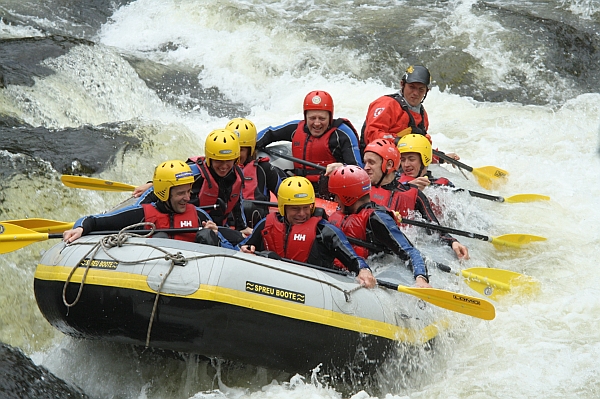
You’re going to get wet..
Part of the fun of white water rafting is getting a good soaking, and even if you manage to stay in the raft you’re going to get wet at some point. All of our venues provide wetsuits, helmets and life jackets, so when you inevitably get a soaking there’s no need to worry about ruining your clothes. It’s probably for the best you bring a towel and some dry clothes to change into though!
To find out first hand just how much fun white water rafting is follow this link to find your nearest venue.
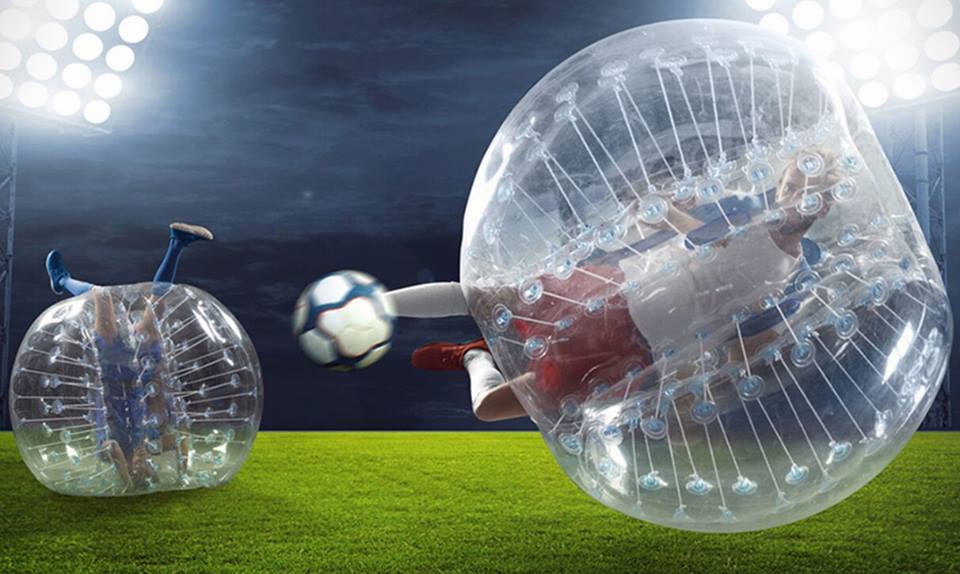
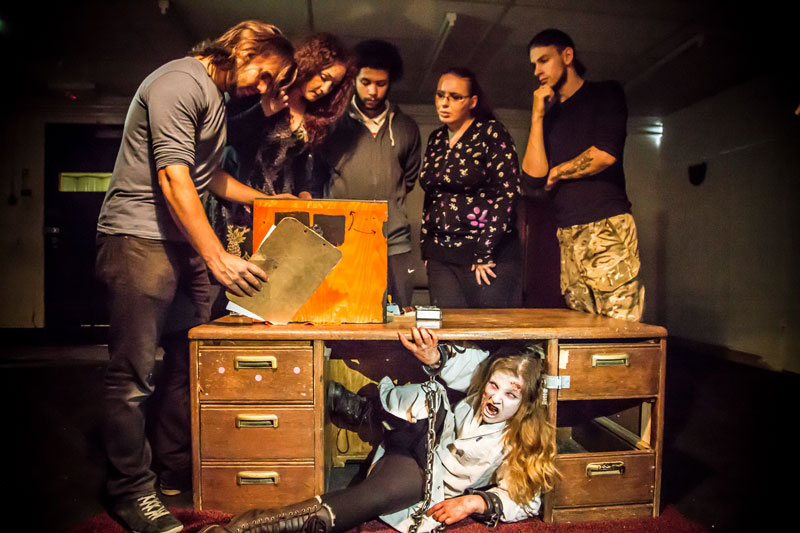
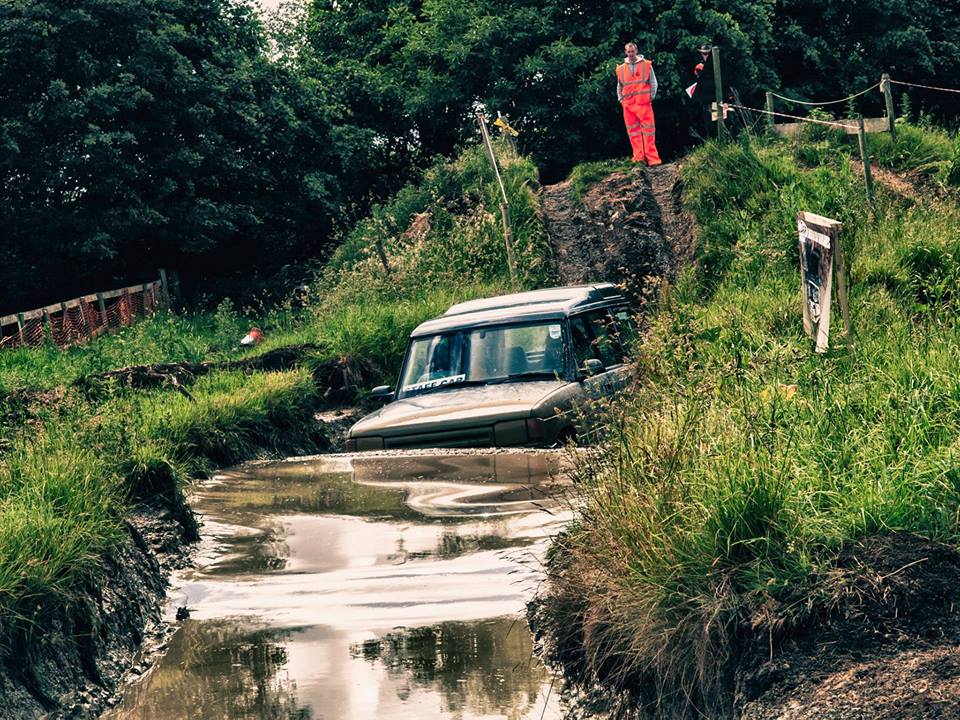

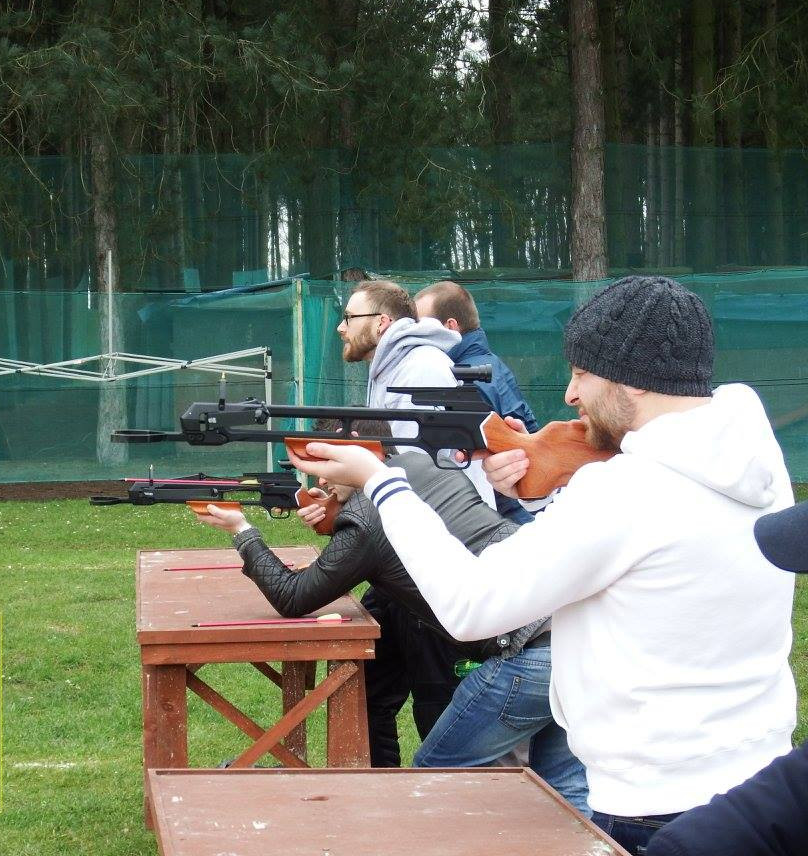
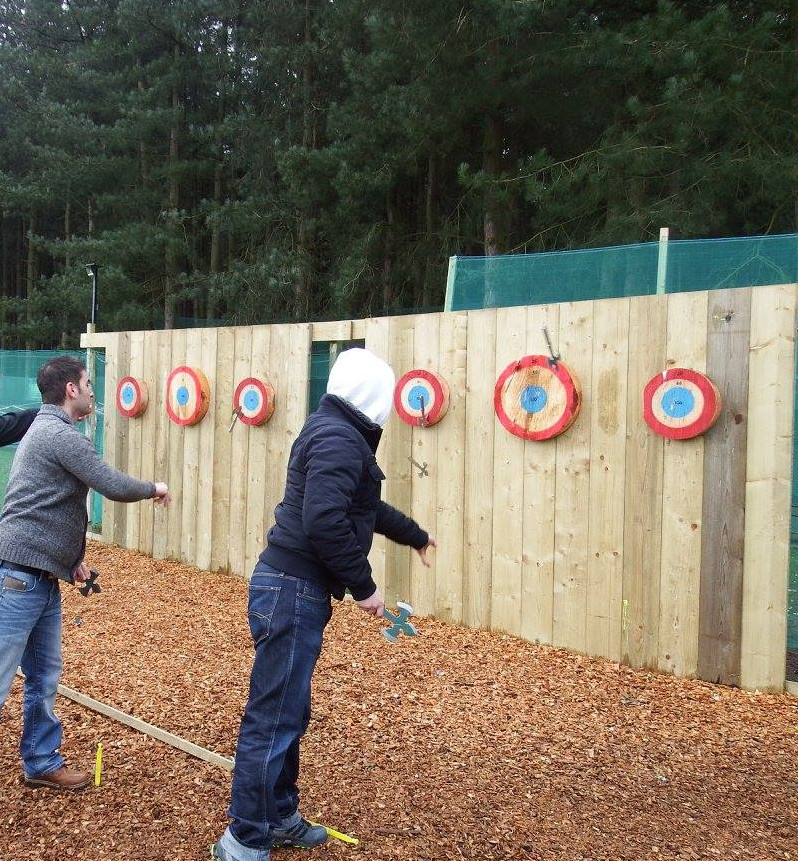



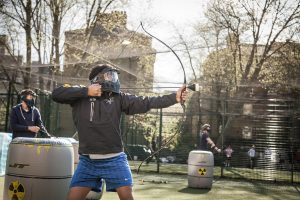 Located right in the heart of central London our Waterloo combat archery venue is the perfect place to experience the rush of this crazy combat sport. With a tailor-made arena to battle it out in, as well as all the latest equipment there’s nowhere better to kit up and battle it out to be the last player standing.
Located right in the heart of central London our Waterloo combat archery venue is the perfect place to experience the rush of this crazy combat sport. With a tailor-made arena to battle it out in, as well as all the latest equipment there’s nowhere better to kit up and battle it out to be the last player standing.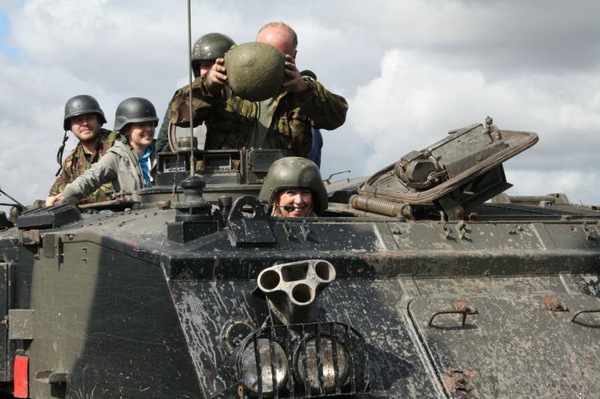
 This incredible venue in the heart of the Leicestershire countryside is home to the finest fleet of ex-military machines in the country, and with a tailor-made all terrain course to put them through their paces, there’s nowhere better to experience tank driving!
This incredible venue in the heart of the Leicestershire countryside is home to the finest fleet of ex-military machines in the country, and with a tailor-made all terrain course to put them through their paces, there’s nowhere better to experience tank driving!